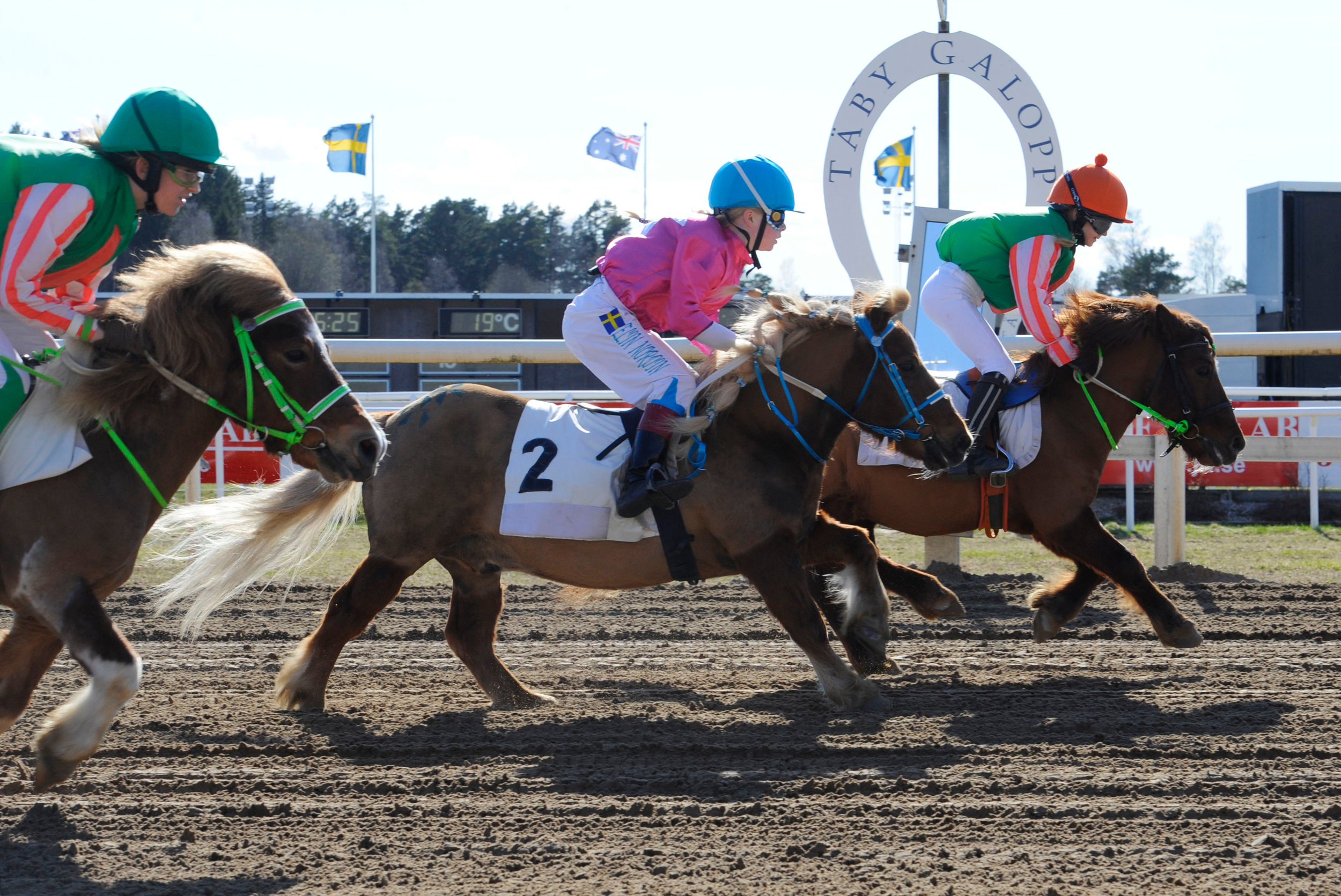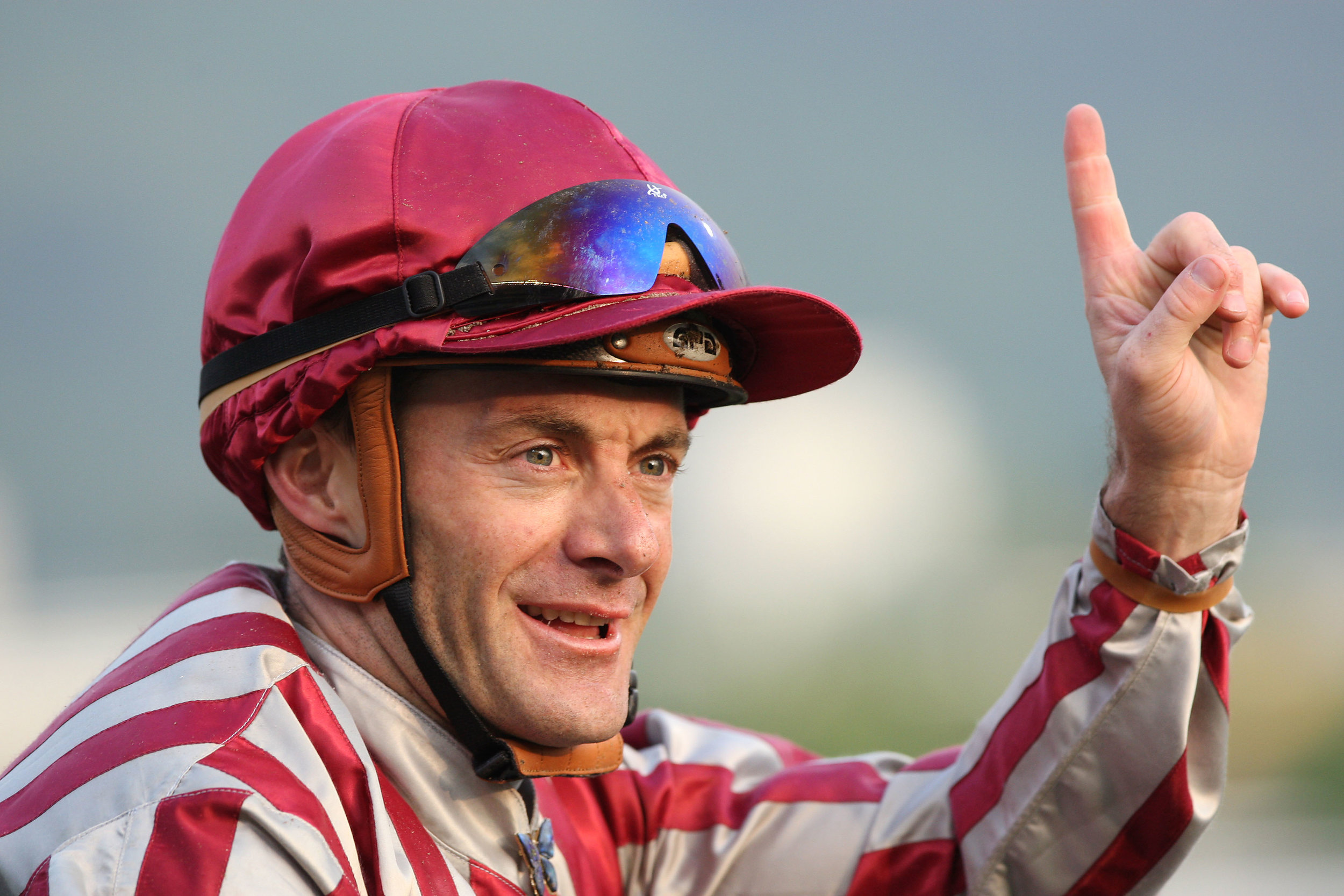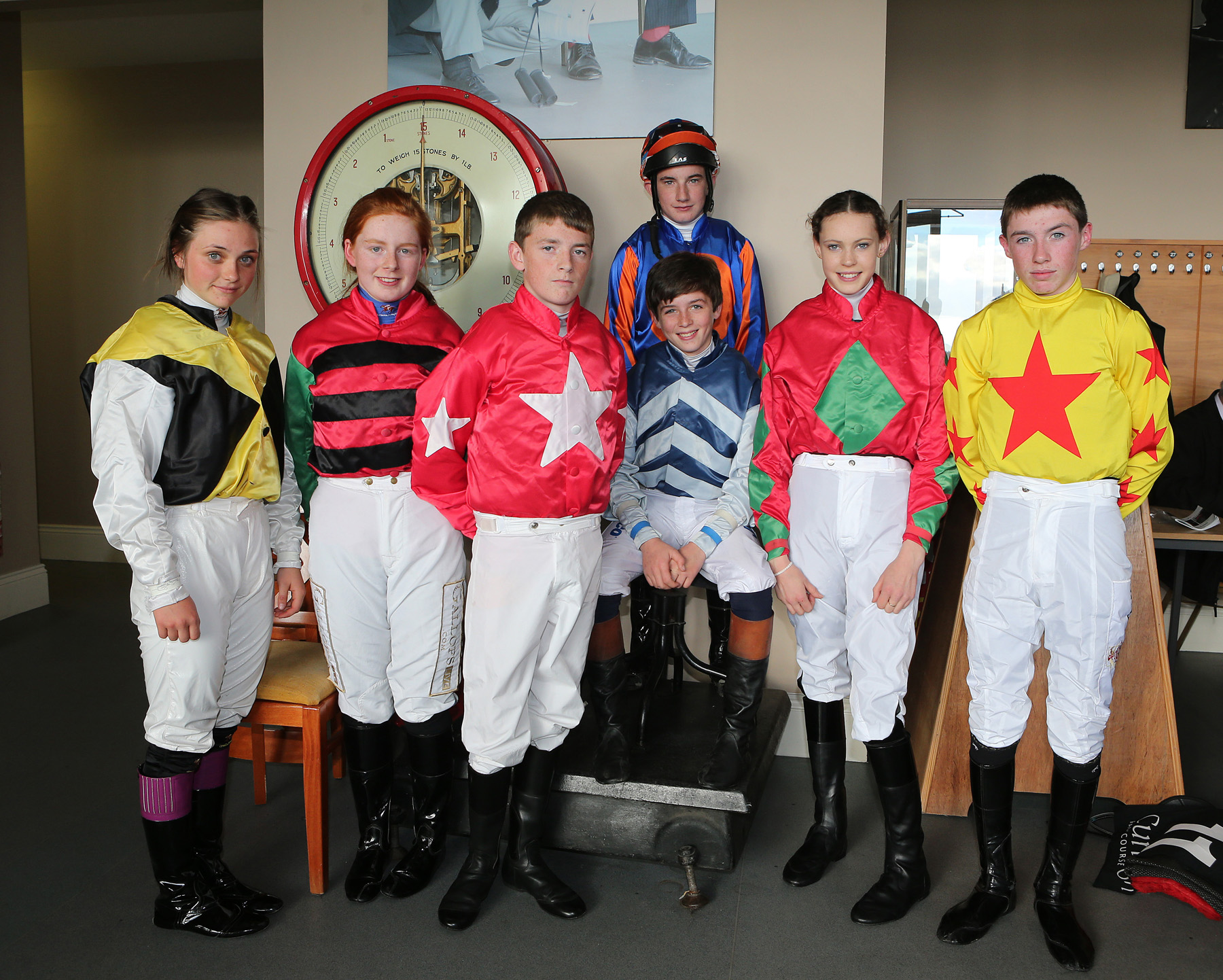Generation X
First published in European Trainer issue 58 - July - September 2017
Click here to order this back issue!
It's been a great spring for Irish horseracing, the record 19 wins at the Cheltenham Festival having been followed within a matter of weeks by Aidan O'Brien's double in the Newmarket Guineas.
But, believe it or not, there is a branch of the sport in which Britain is in the ascendancy while Ireland seems in dangerous decline, and this is pony racing, an unheralded but vital part of racing's grassroots and an excellent source of hard-working, talented riders.
Listening to people talk about the storied history of pony racing in Ireland, one would imagine it would be secure forever. "Practically every top jockey in the country has gone through pony racing at one stage or another," I was told by Denis Egan, The Turf Club's chief executive. But neither The Turf Club nor any other authority has responsibility for nurturing the health of pony racing, which is falling on hard times with a consequent loss of fixtures and equine talent.
Meantime, the sport, having long been popular in other European countries, is finally taking hold in Britain, where it was all but unknown 15 years ago. "I can't speak highly enough about it and the people who organize it," says Paul Nicholls, the 10-times champion jumps trainer, who regrets that no such introduction to jockeyship was available when he was a lad.
His daughter, Megan, and his nephew, Harry Derham, are among a swelling list of British jockeys who cut their teeth in pony racing. Others include Sam Twiston-Davies, Sean Bowen, Lizzie Kelly, Tom Marquand, and Hollie Doyle. The Pony Racing Authority (PRA) reckons that more than 100 of its graduates now hold a jockey’s license of some kind.
Hoof - Surface Interaction Study
By Amy Barstow BVetMed, MRCVS, PhD Candidate
First published in European Trainer issue 58 - July - September 2017
Click here to order this back issue!
In racehorses, the identification of risk factors for lameness has driven research efforts into lameness prevention strategies.
The foot-surface interaction is of particular interest and has been the subject of a lot of research. To date this has primarily been through the investigation of ground-surface composition and properties, in addition to the effects specific surfaces have on the horse’s way of going. Changes in speed, stride length, and frequency have been observed, and the vibrations (shock waves) resulting from the initial foot-surface collision have been measured on different surfaces. However, the surface represents only half the story: what about the foot? In practice it is the foot that we are more likely to influence on an individual level.
As part of my PhD studies at the Royal Veterinary College (RVC), we have investigated whether it is beneficial to use novel farriery techniques such as ‘sole-packing’ and padding materials to improve shock absorption in horses exercising upon both firm and soft surfaces. This work has been kindly funded by the Horse Betting Levy Board (HBLB) and the RVC Paul Mellon Trust. Here we will discuss the intricacies of the foot-surface interaction, what is already known about the effect of surface, and how our research into the use of sole-packing materials might be another arrow to our bow in the prevention of lameness in racehorses.
Developing the young foot
First published in European Trainer issue 58 - July - September 2017
Click here to order this back issue!
I remember my first yearling and two-year-old-in-training sales at Keeneland, Woodbine, and Tattersalls.To my untrained eye, and despite tracing backwards through the bloodlines, each and every horse appeared sound and fit, looking like a million bucks.
Although few horses ever actually sold for that amount, every inch of those young racehorse wannabes was gleaming from nose to toes. Even their feet were buffed and polished as perfectly as a pair of Usher’s coveted shoes.
Possibly because young horses for sale are primped and preened to the gills, few potential buyers actually ever pick their feet up to inspect them. Instead, buyers tend to focus on joints and throats, using the extensive repository to review joint radiographs (X-rays) and scoping prospects’ throats. “The horses in the September (yearling) sales are simply glamorous, including their feet. I would estimate that only 10% of buyers ever actually pick up at foot at those sales,” remarks Sam Christian, a Kentucky-based farrier servicing several top-level operations such as Shadwell Farm.
In general, the expectation appears to be that if the throat and joints are clear and the young horse appears straight, their feet must also be in good condition. While some horses may have hidden surprises once their party shoes are removed (indicating that some of those fancy feet are in fact simply mutton dressed as lamb), Mark Dewey, a highly sought-after racing farrier, attests this is not generally the case.
Training: Continuing Education for New York trainers
CLICK ON THE IMAGE ABOVE TO BUY THIS BACK ISSUE NOW!
First published in European Trainer issue 57 - April '17 - June '17
Don't forget the jockey: Horse-jockey interaction in racing
CLICK ON THE IMAGE ABOVE TO BUY THIS BACK ISSUE NOW!
First published in European Trainer issue 57 - April '17 - June '17
Gait and lameness analysis - the Singapore way
CLICK ON THE IMAGE ABOVE TO READ ONLINE
First published in European Trainer issue 56 - January '17 - March '17
Stable staff training & education - learning on the job
CLICK ON THE IMAGE TO READ THE ARTICLE ONLINE
This article appeared in - European Trainer, Issue 55, October to December 2016
Italian Trainers who moved to France - three trainers share their experiences
CLICK ON THE IMAGE TO READ THE ARTICLE ONLINE
This article appeared in - European Trainer, Issue 55, October to December 2016
Headgear and the racehorse: Seeing the wood from the trees!
Across the world in all racing jurisdictions, there are horses that perform with a type of headgear for a multitude of reasons. From blinkers to hoods, there a variety of makes, types, and forms of equipment that can be placed on or over a horse’s head with the ultimate aim of enhancing performance.
CLICK IMAGE TO READ FULL ARTICLE
Hooves and ground surface - the impact of intentional shoeing interventions
The interaction of a horse’s foot and the ground surface is complex. Stance—that part of the stride when the foot is in contact with the ground—can be divided into three phases, which determine the loading environment of the limb: impact, mid stance and push off. Loading of the limb determines how it functions and also influences where injury may occur. Research funded by the Horserace Betting Levy Board at the Royal Veterinary College has focussed on the foot and is allowing a greater understanding of the effect of changes in surface or shoeing on stance, on remodelling of the tissues and ultimately on the risk of injury.
Let there be light - how daylight affects performance and safety
Recipient of multiple awards, including the Saratoga Trainer’s Title and the Eclipse Award for Outstanding Trainer, Bill Mott is no stranger to travelling with his horses. For example, Mott was trainer and chaperone of Cigar, winner of the inaugural Dubai World Cup in 1996. How do Mott and other elite trainers consider the impact of jet lag, light-dark cycles, and other factors associated with shipping across times zones on their horses’ performance?
Tongue-ties - their place in racing in 2014
Tongue-ties (strips of material passed through the horse's mouth over the tongue and tied under the jaw) have been used for generations on racehorses worldwide as a method for the rider to retain control if his horse is prone to manoeuvering it's tongue over the bit. The use and efficacy of tongue-ties has spawned much debate and the Equine Veterinary Journal published reports in 2009 and 2013 evaluating use on racing performance and airway stability in thoroughbred racehorses.
The effects of routine morning exercise on muscle response in thoroughbreds
Timing is everything and nowhere is this more relevant than when preparing an elite equine athlete for a race. Here, Barbara Murphy reveals a fascinating insight into the circadian system of the racehorse and how timing daily exercise impacts equine performance.
Do horses sense fear?
We asked Justine Harrison to explain why consideration must be given to the psychological factors, as well as the physical, that may affect the racehorse's performance.
Yogi Breisner - taking racehorses back to school
Emma Berry speaks to Yogi Breisner about his work within the racing world and why he has helped many racehorses get that one step ahead in the jumping game.































